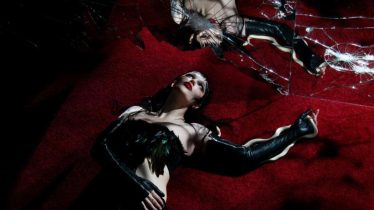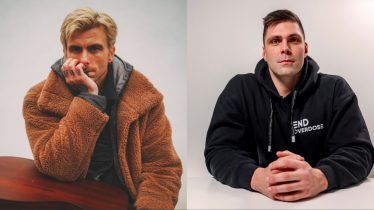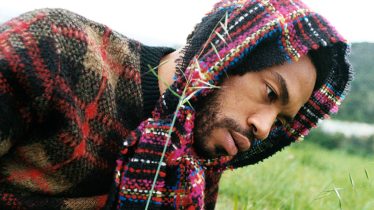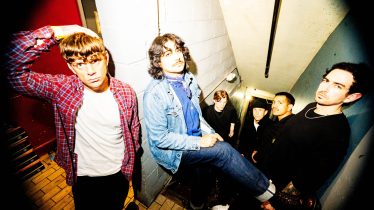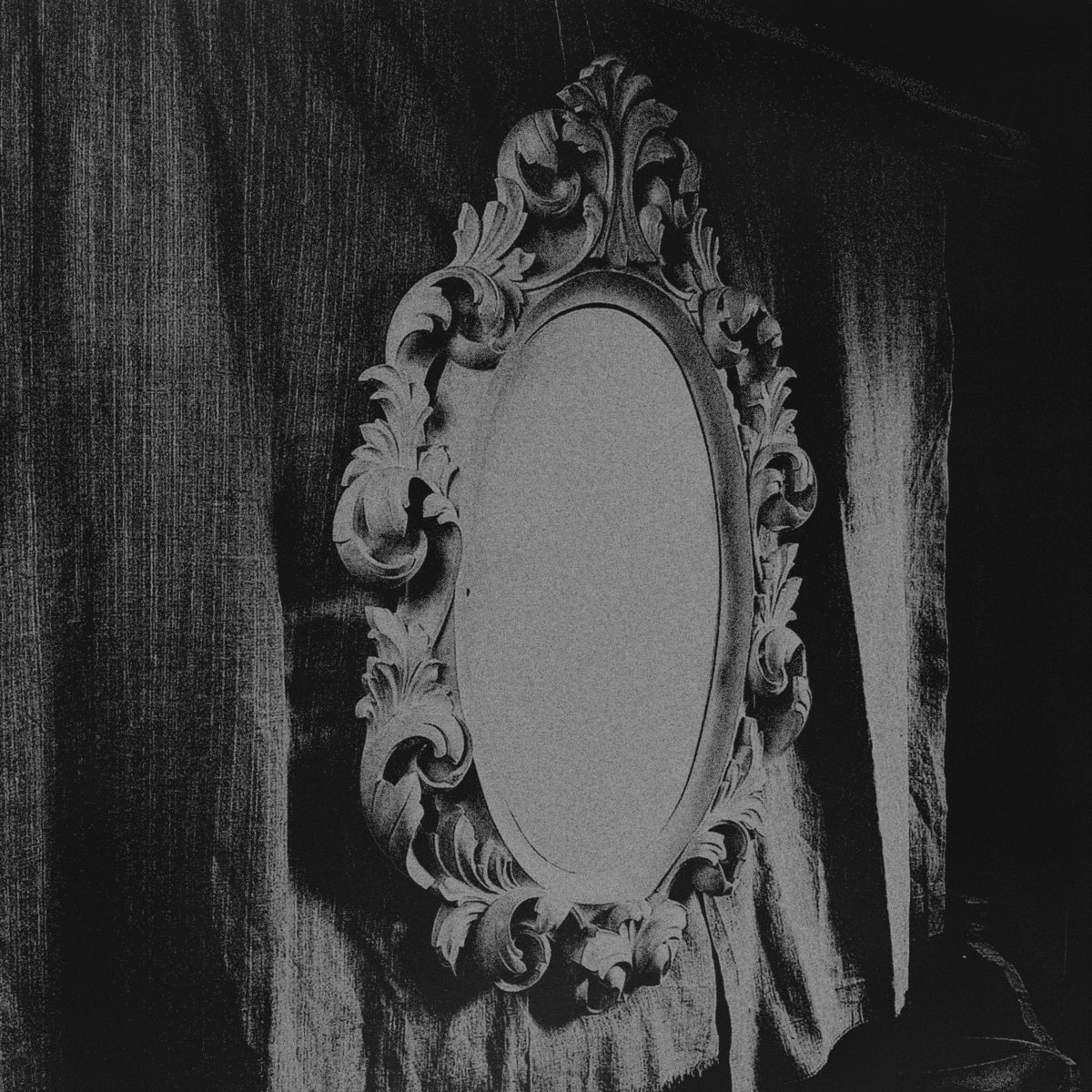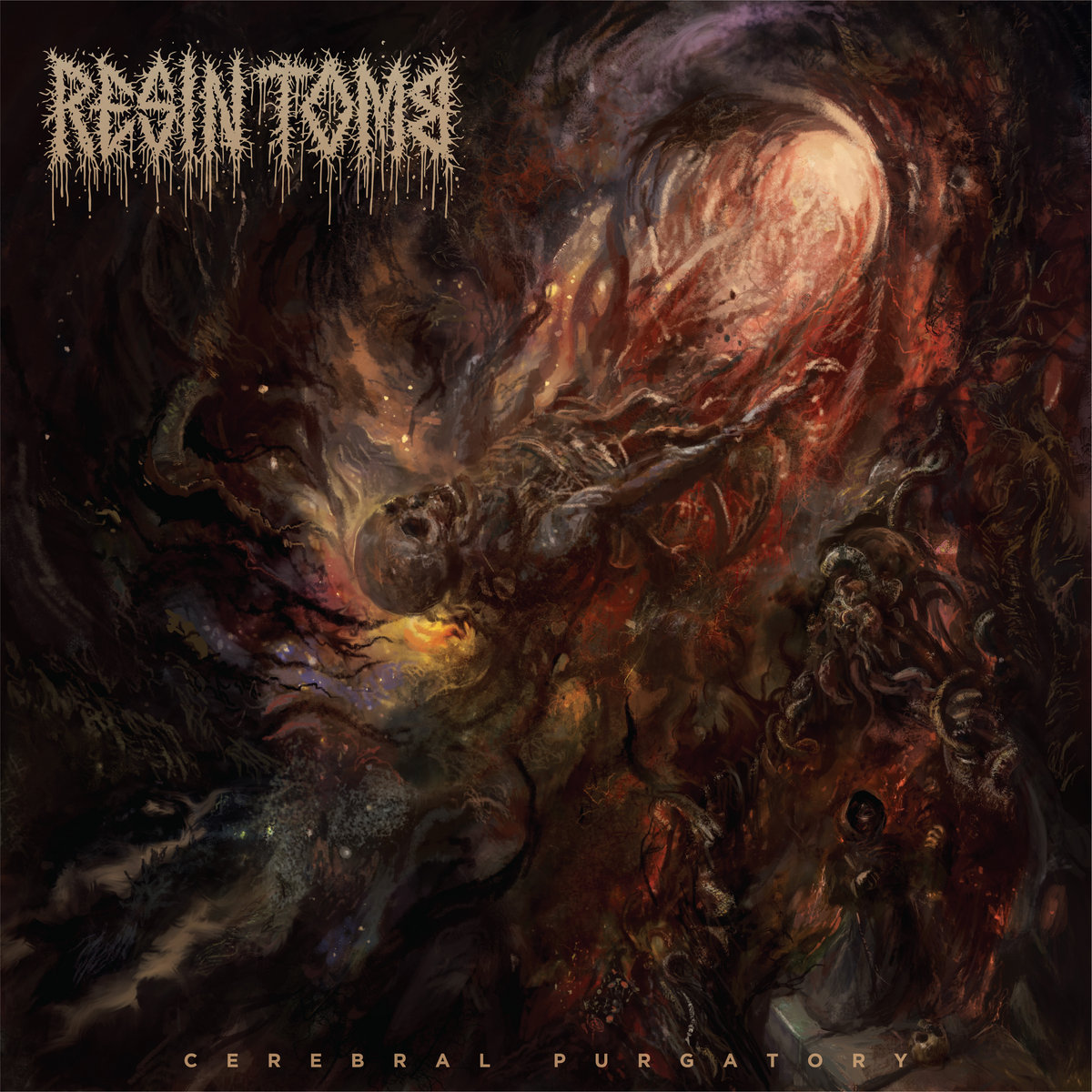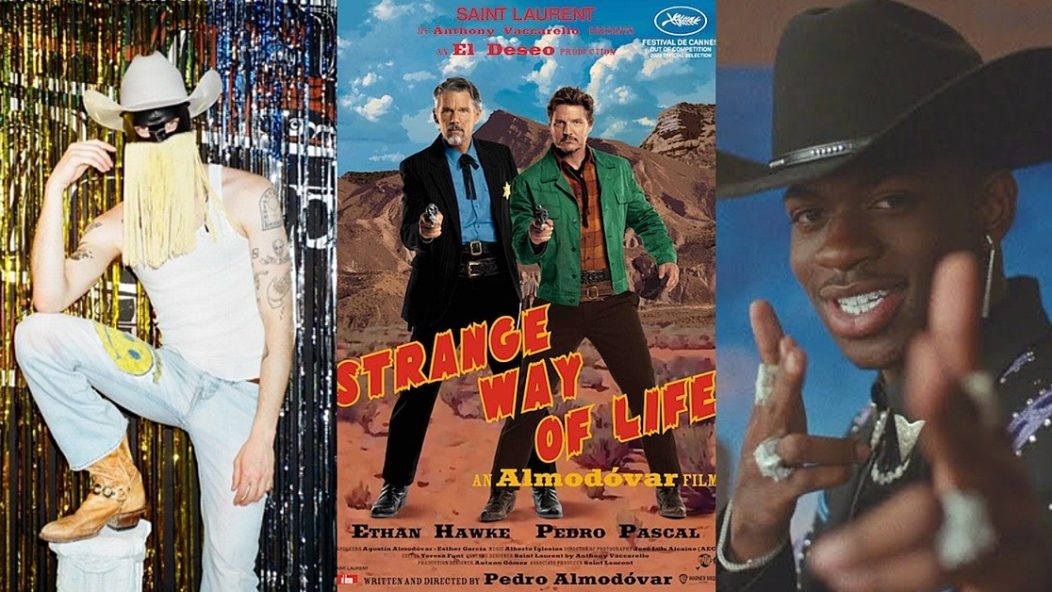
Why the cowboy has always been queer as folk in pop culture
When the trailer for Strange Way of Life dropped on April 26, gay Twitter lost its mind. As a short film written and directed by Spanish filmmaker Pedro Almodóvar, who’s made more than a few entries into the queer canon, and starring Ethan Hawke and beloved babygirl Pedro Pascal, it seemed too good to be true. But when the 30-minute short premiered earlier this month at Cannes Film Festival, it delivered to the hype and received rave reviews. Apart from being Almodóvar’s sophomore English-language effort, Strange Way of Life (which is due for theatrical release in the U.S. this fall) made waves for showcasing a cowboy in love with another man, which many critics noted as an anomaly for the yeehaw genre.
LGBTQ+ representation in film may still have a long way to go — but there’s actually a rich history behind the queer outlaw beyond Strange Way of Life. According to Queer Cowboys author Chris Packard, there’s even an inherent gayness to the western icon. He writes, “The cowboy is queer: he is odd; he doesn’t fit in; he resists community; he eschews lasting ties with women but embraces rock-solid bonds with same-sex partners.” Although westerns have traditionally represented these all-American men as rugged and straight, pop culture gems — from Oscar winners to musical hitmakers — have looked under the brim of the cowboy hat to examine its ideas of masculinity, repression, and even camp. What’s more, they’ve even proven that cowboys can be queer as folk, too.
Read more: LGBTQ+ artists in Nashville are carrying on the city’s folk tradition now more than ever
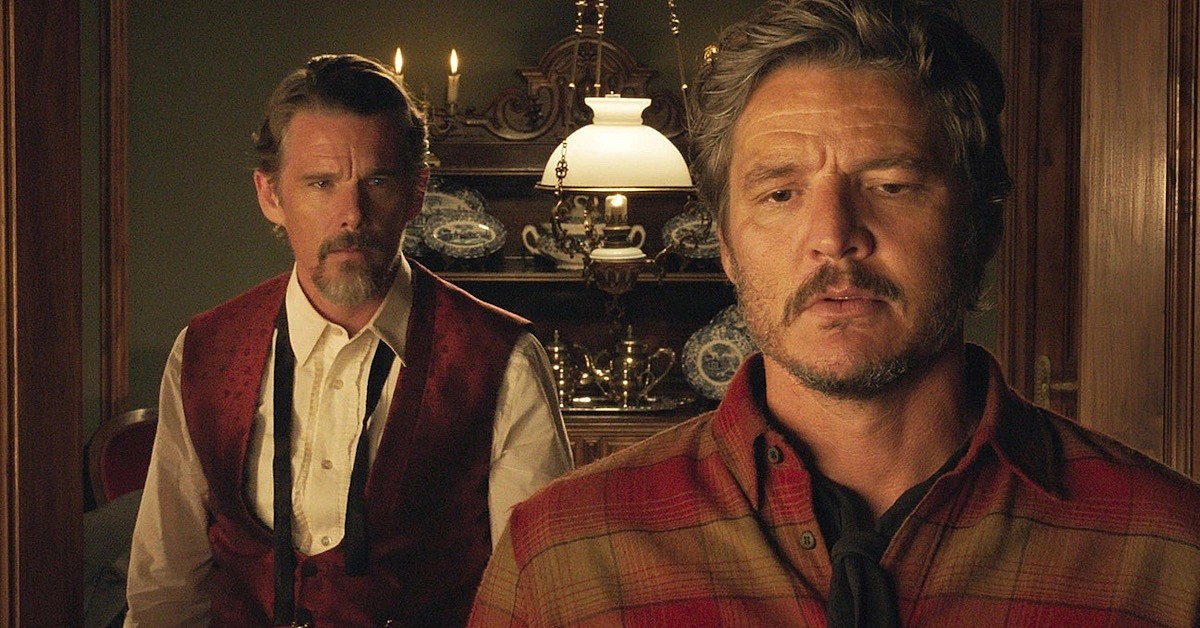
[Courtesy of Sony Pictures Classics]
Initially set to be directed by Pedro Almodóvar, Ang Lee’s 2005 film Brokeback Mountain, based on the novel of the same name by Annie Proulx, follows a romance between cowboys Ennis Del Mar (Heath Ledger) and Jack Twist (Jake Gyllenhaal). What begins as a sexual encounter in the summer of 1963 transforms into a deep romantic connection that spans across decades, distance, and marriages before it ends in tragedy — best summed up by the iconic line, “I wish I knew how to quit you.” Initially deemed a risky project due to its forward-thinking subject matter for the time, Brokeback Mountain became an unexpected box office success with critical acclaim thanks to its universal themes of love and loneliness and moving lead performances.
More recently in 2021, Jane Campion’s The Power of the Dog explored ranch life and queerness under the Montana skies, albeit with more subtlety than Brokeback Mountain. Based on a 1967 book by closeted gay novelist Thomas Savage, it centers on ranch-owning brothers George (Jesse Plemons) and Phil Burbank (Benedict Cumberbatch), who sets on a mission to torment George’s wife Rose (Kirsten Dunst) and stepson Peter (Kodi Smit-McPhee). At first, it’s for reasons unknown — but the film plays out to be undeniably queer, as Phil clearly feels threatened by Peter’s flamboyance and represses his own feelings. As such, The Power of the Dog leans more into the homoerotic. There’s stashes of gay physique magazines, longing gazes over a cigarette, nude bodies of cowhands sprawled across a riverbank, and even a late mentor named Bronco Henry who Phil can’t let go of — all symbols of gay yearning.
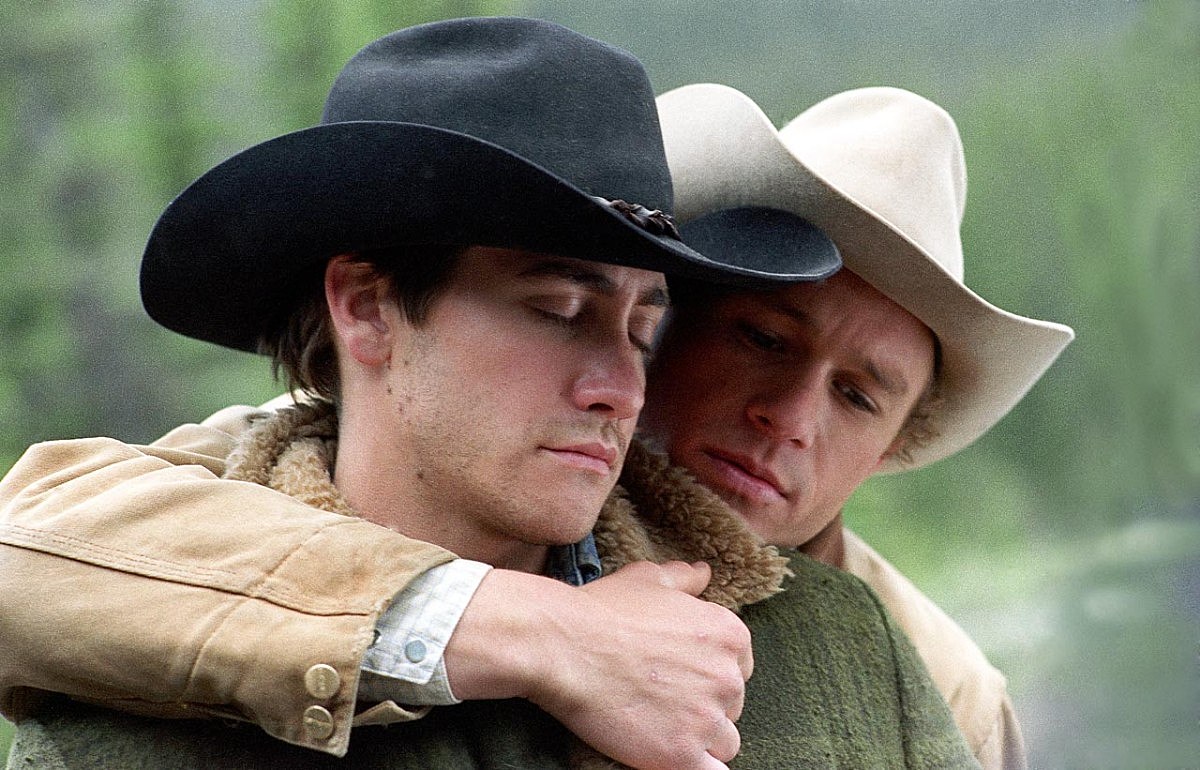
[Courtesy of Focus Features]
Aside from film, queer cowboys have also infiltrated the world of visual art through the work of George Quaintance and Tom of Finland. Equally camp and homoerotic, George Quaintance’s pinup men pioneered a new queer masculinity: the hypermasculine stud. As an artist for pulp and physique magazines of the 1940s and ‘50s, Quaintance illustrated nude men with an idealized, muscular form. To justify the nudity, the Virginian artist often placed his subjects in historical settings, particularly the Wild West. In many of his paintings, his subjects are not just coded as queer, but also as outlaws, wearing cowboy boots and riding horses.
Quaintance’s kitschy pulp art later influenced Touko Laaksonen, better known as Tom of Finland. Laaksonen’s art was known for its aggressive eroticism, as well as its exaggerated masculinity and fetishization of traditionally masculine occupations such as lumberjacks and sailors. Although Laaksonen was best known for his artwork of bikers and leathermen (such as the famous Kake of his eponymous comic book series), he also illustrated the occasional cowboy, donning front-creased hats and Levis with large belt buckles. But with his prolific career has come justified criticism, as Laaksonen fetishized Nazis and portrayed Black men in a stereotyped, hypersexual manner. Despite his controversial legacy, Tom of Finland has had an undeniable impact on leather culture and the gay community as a whole.
Queer musicians have also sported yeehaw looks, from Lil Nas X in his famed pink cowboy outfit for the 2020 Grammys to Omar Apollo for the cover of GAYLETTER. And although not out as queer, gay icons Mitski and Solange also took to western fashion in the late 2010s during their Be the Cowboy and When I Get Home eras, respectively. All of these artists have brought people of color to the forefront of cowboy culture, flipping the idea of the western icon as peak white masculinity on its head. Moreover, Lil Nas X and Solange in particular brought attention to the much overlooked Black history behind the Wild West, putting an Afrofuturistic spin on the region’s signature aesthetic.
Someone who’s become most synonymous with gay cowboyhood is Orville Peck. Breaking out in the country music scene with his 2019 debut album, the South African musician quickly gained notoriety for his baritone croon and fringed mask. Despite facing backlash from country music fans along the way, Peck has never shied away from openly addressing his sexuality in both of his albums, Pony and 2022’s Bronco. From featuring Southern drag queens in his music videos to addressing male lovers in his lyrics, Peck offers much needed queer representation in country music — all while looking like a king of the rodeo.
Strange Way of Life is just the tip of the iceberg when it comes to gay cowboys in pop culture. From Westerns and musicians depicting queer relationships to illustrated erotica of queer-coded outlaws, these overlooked gay figures have existed for decades. With Strange Way of Life, the LGBTQ+ community is finally getting ready to saddle up and celebrate the American cowboy as a queer icon.
